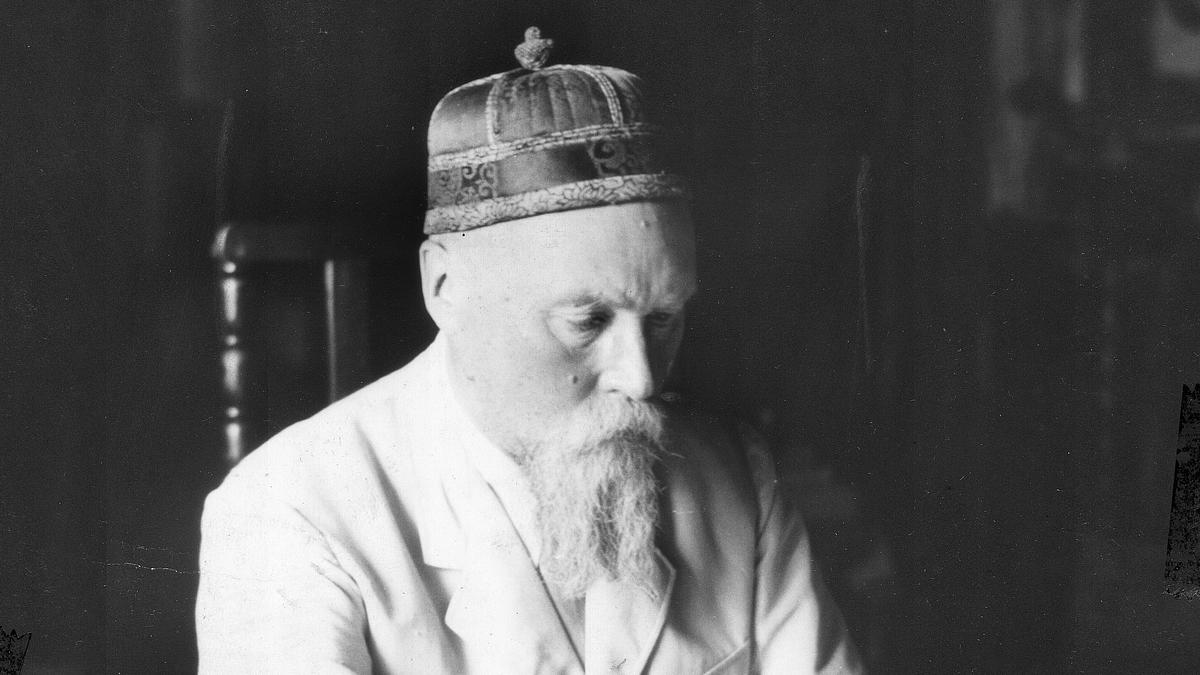
Karnataka Chitrakala Parishath remembers Nicholas Roerich with exhibition on till November 18
The Hindu
Chitrakala Parishath houses India’s largest collections of works by Nicholas Roerich ‑‑ Himalayan Studies Series. This collection of 36 paintings was donated by his son Svetoslav.
Karnataka Chitrakala Parishath, as part of the celebration of the 150th birth anniversary of renowned artist Nicholas Roerich, is holding an exhibition titled Vspominaya Roerich @ 150.
Roerich was an artist whose life and art bridged Russian and Indian cultural traditions. The term ‘Vspominaya’ is Russian for remembering. It captures the essence of this tribute and offers a reflection on Roerich’s legacy and artistic journey.
The exhibition was inaugurated by Basavraj Horatti, Chairman, Karnataka Legislative Council, in the presence of ValeriiKhodzhaev, Consul General of the Russian Federation in Chennai, and S.N. Aggarwal, Chairman of Bhuruka Group and Vice-President of the Karnataka Chitrakala Parishath Trust, on November 8. The exhibition is open till November 18.
Chitrakala Parishath houses India’s largest collections of works by Nicholas Roerich ‑‑ Himalayan Studies Series. This collection of 36 paintings was donated by his son Svetoslav.
Roerich had a large plantation on the outskirts of Bengaluru, called Tataguni, on Kanakapura Road, where he lived with his wife and film actor Devika Rani, till his death.
According to the Parishath, Nikolai Konstantinovich Rerikh, popularly known as Nicholas Roerich, born on October 8, 1874, in St. Petersburg, was a pivotal figure of 20th century cultural and artistic discourse. His interests covered archaeology, philosophy, literature, and visual arts. Producing over 7,000 paintings and 29 books, Roerich’s work reflects a profound engagement with spiritual and philosophical thoughts’.
His extensive travels across Central Asia and the Himalayas culminated in him settling in India where his artistic output reached new heights. Deeply inspired by Eastern mysticism, Roerich’s oeuvre is marked by a distinct symbolism and mastery of landscape, particularly his renowned use of luminous blues to evoke mystical, otherworldly spaces.











